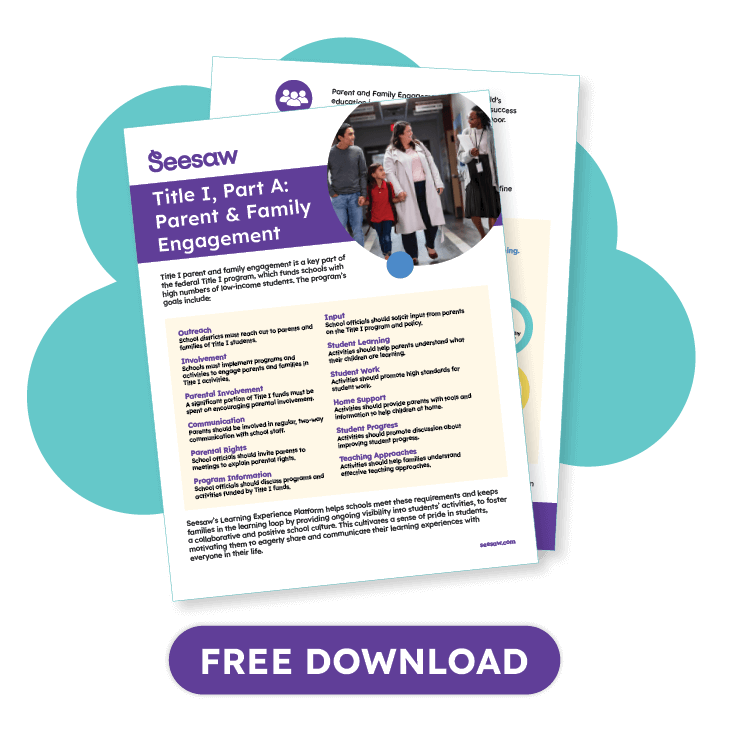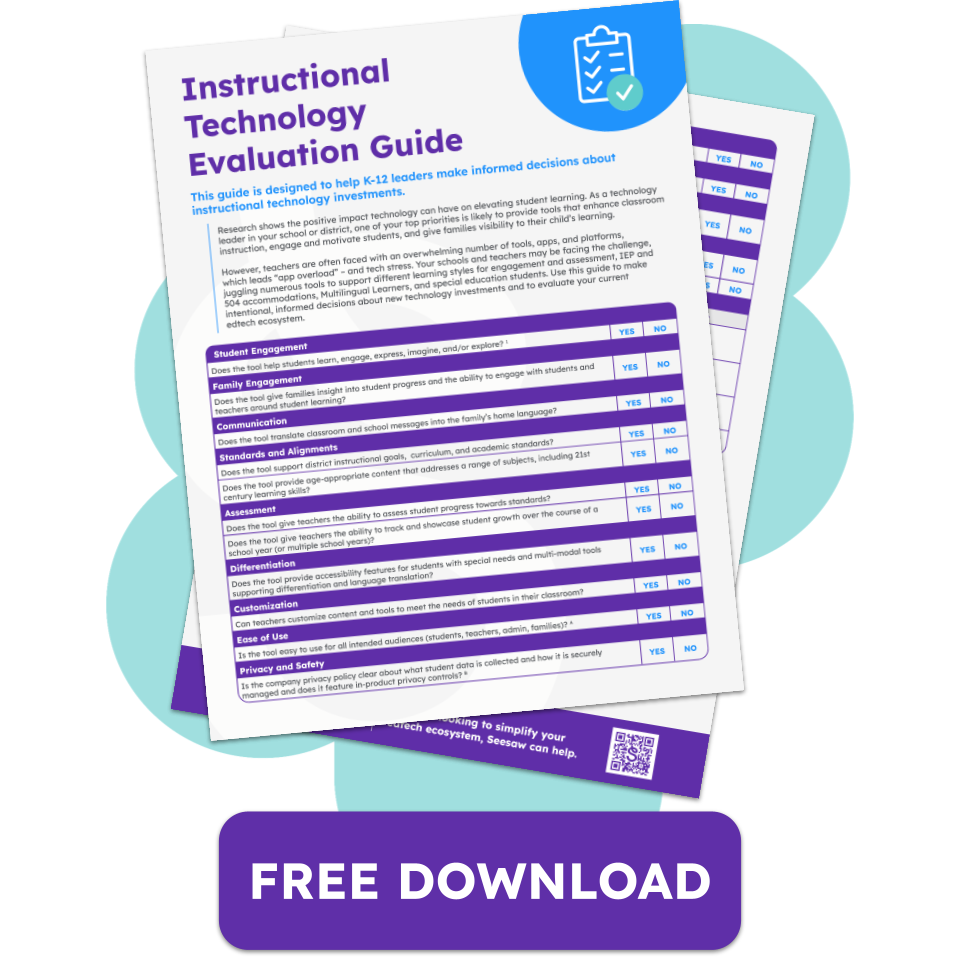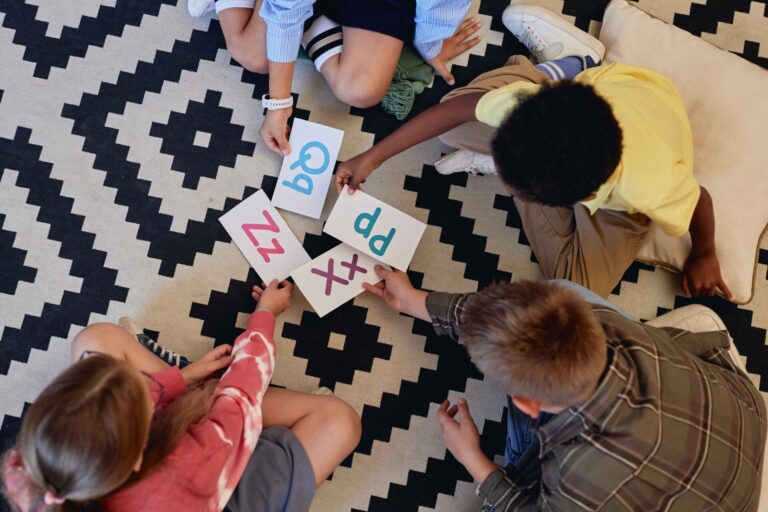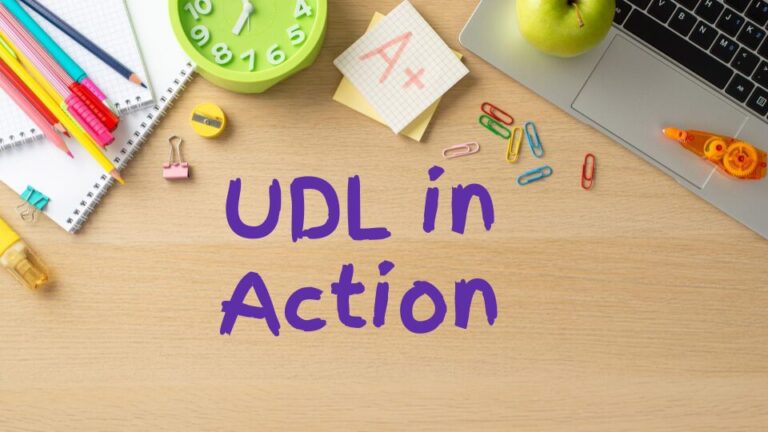Imagine you are a 9-year-old building a birdhouse. You begin by opening up your birdhouse kit and find it filled to the top with items. Countless specialized tools, multiple smaller boxes with tiny labels on them, and full-size boards that need to be cut to size. As you take a closer look, you realize the measuring tools have fractions on them, and the hammer is far too heavy for you to lift.
Almost immediately, you get overwhelmed with building a simple birdhouse.
What should have been a simple and fun project for you leads to frustration and unnecessary struggle. This birdhouse can eventually be built, but at what cost? The process is hard and confusing, rather than focusing on the excitement of building this project.
This mirrors the experience of edtech tools being rolled out to elementary students. Many learning management systems are designed for secondary learners, but elementary students need learning management systems designed specifically for their age and skill level. These tools have navigation systems, multi-step processes, and interfaces designed for teenagers who can juggle multiple complex tasks. These tools are hard to use if you are nine. What should be joyful and meaningful learning moments quickly turn into frustration from wrestling with the system itself, rather than engaging with the actual learning. The tool becomes the barrier instead of the bridge.
In a world driven by technology, this experience should not be happening anymore. We can, and should, do better for our youngest learners. These critical ages set the foundation for lifelong growth and success. In this blog, we will outline the importance of choosing an LMS for your elementary learners.
What elementary students need in an LMS
- A Finger-Friendly Interface – Young learners are still developing their fine motor skills. The tools they interact with need to reflect this. Touch-first interfaces, large and clear buttons, audio cues, and visual instructions are not “nice-to-haves”; they are a foundation
- Intuitive Navigation – Younger students mean fewer cognitive leads. Platforms that require multiple steps to complete even a simple task lead to frustration and a lack of usage. Focus on learning with tools that emphasize intuitive workflows
- Prioritizes Engagement – Feature-rich interfaces and dashboards are not as effective for elementary students. Focusing on simple tools that spark curiosity allows for more effective exploration of learning instead of jumping over the complexity hurdles
 The family connection factor
The family connection factor
Parental involvement is a proven predictor of academic success in the elementary years. But when LMS platforms are complicated, hard to access, or filled with hoops, families are often left out. This is a missed opportunity that has academic ramifications. Choosing an LMS for your elementary learners will lead to positive adoption and family buy in.
Why family involvement matters:
- Boosts student motivation and performance
- Reinforces learning at home
- Strengthens school-home relationships
Why most LMSs fall short:
- Complex logins and interfaces
- Lack of meaningful updates or visibility into student learning
- Language and tech barriers that exclude non-digital-native families
What families really need:
- Tools that are easy to understand and navigate
- Real-time updates on their child’s progress
- A way to feel like a part of the learning journey
Introducing Seesaw: built for elementary from the ground up
Lucky for you, Seesaw is an all-in-one platform built for elementary classrooms, designed from the ground up to meet young learners’ needs. From the very beginning, Seesaw was designed with elementary students in mind. We know elementary students deserve a tool for them, which is why we built Seesaw the way we did.
Seesaw boards industry-leading interfaces that deepen learning, not complicate it. Large visuals and audio tools support early learners along their learning journey. Every update made to Seesaw is classroom tested with students, teachers, and families. This ensures that even the smallest update is being built to improve the classroom experience for elementary students.
Beyond visual and audio tools, Seesaw has a full suite of multimodal tools, including drawing, voice, video, and text. These ensure that every style of learner can showcase their authentic self with ease. Teachers can search our vast content libraries to find high-quality, grade-level appropriate content that can be customized to meet their classroom needs.
Finally, Seesaw values the family experience just as much as the classroom experience. The family interface includes classroom communication and family engagement tools with multilingual support, giving every family member a voice in their child’s learning journey. The seamless sharing of student work and progress creates a one-of-a-kind learning loop between the teacher, student, and family member. This unique window is supported by messaging and communication tools, leading to a full LMS experience built for elementary students.
 What teachers say about seesaw
What teachers say about seesaw
What do real teachers have to say about how Seesaw helps their classroom?
- Time-Saving Tool: “I work more efficiently since I started with Seesaw and get some of my personal life back.”
- Students are Engaged: “Students are empowered to take ownership of their work and reflect on their learning.”
- Families are Involved: “Seesaw makes it easy for parents to stay up to date with the same data I have.”
- Positive Instructional Impact: “Seesaw helps me meet the diverse needs of my students and find high-quality materials easily.”
When tools match, learning thrives
Elementary students are not just smaller versions of older learners. They are unique in how they think, process, communicate, and engage. Choosing tools that are retrofitted for secondary students is a disservice. Seesaw was built with young learners at the center. It makes a measurable impact on students ‘ growth, family engagement, and teacher effectiveness.
When your LMS fits your learners, everyone wins.





